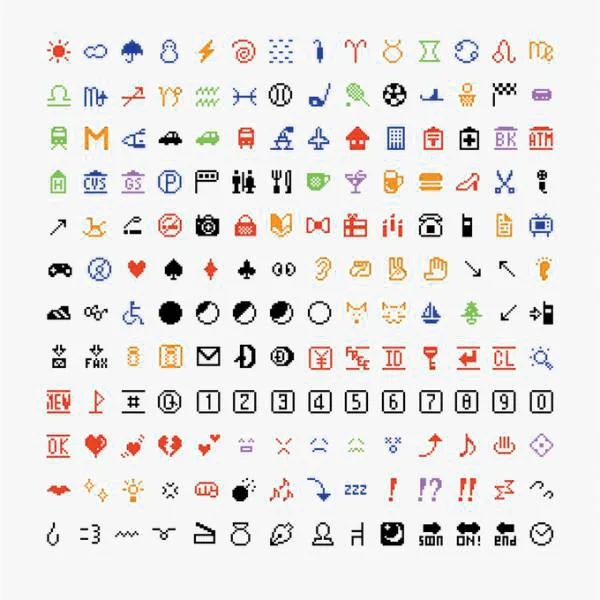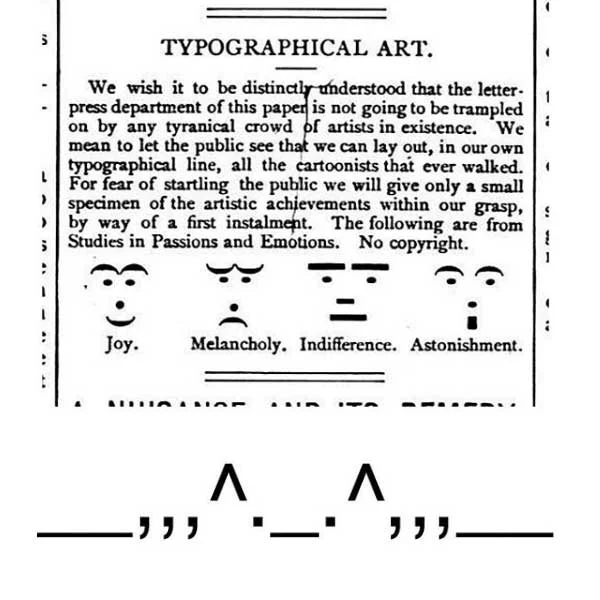The Origins of Emoji: Japan's Pictorial Language Revolution
ART > JAPANESE DESIGN CLUB > emoji
The Origins of Japanese Emoji
In 1999, Japanese designer Shigetaka Kurita, working for telecom giant NTT DoCoMo, created the first set of 176 emoji for the i-mode mobile internet platform. These 12×12 pixel images were designed to convey emotions and information succinctly, enhancing digital communication. Inspired by Japanese manga, weather symbols, and street signs, Kurita's emojis included icons like hearts, weather conditions, and everyday objects, laying the foundation for the emoji language we use today.
The term "emoji" (絵文字) itself is Japanese, combining "e" (絵) meaning picture and "moji" (文字) meaning character. This reflects the cultural context in which emojis were developed. Japan's high-context communication style, where non-verbal cues play a significant role in conveying meaning.
Initially, emojis were used exclusively within Japan, but their popularity grew rapidly. In 2010, the Unicode Consortium standardised emojis, allowing for consistent representation across different platforms and devices. This move propelled emojis into global usage, transforming them from a Japanese novelty into a universal form of digital expression.
Today, emojis are integral to online communication, transcending language barriers and adding emotional nuance to text-based interactions. They serve as a testament to Japan's influence on global digital culture and the enduring legacy of Kurita's innovative design.
Originally published in 2018, updated in 2025


